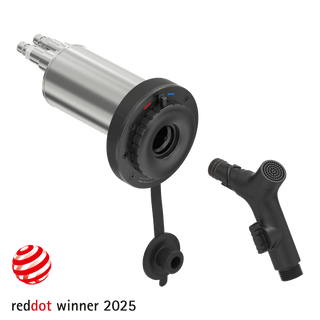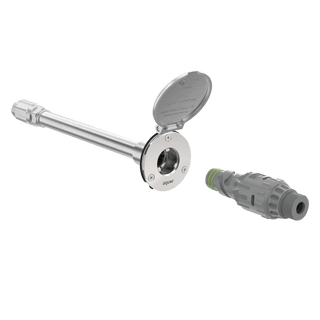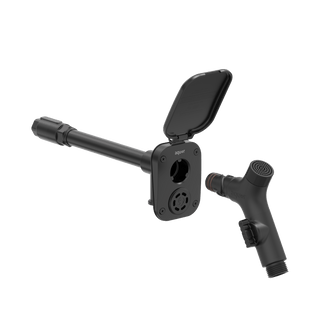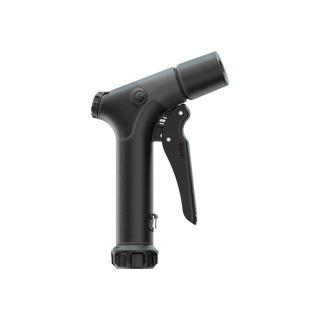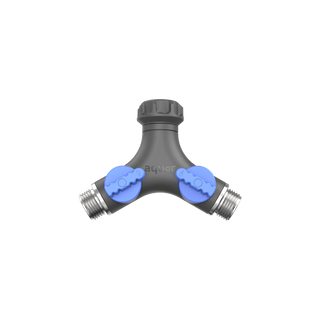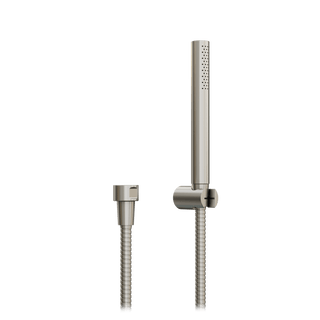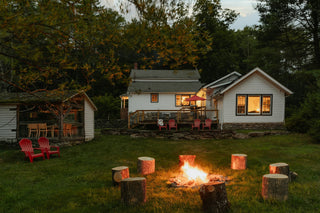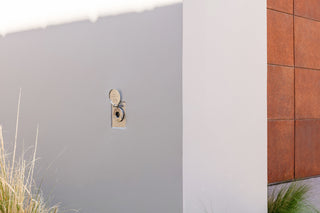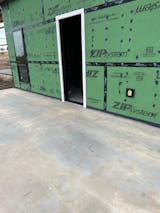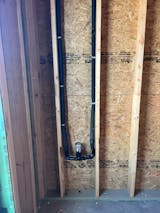How to Prevent Mold Growth in Your Home

What is mold?
Mold is a general term used to describe a family of fungal growths that form on damp or decaying material. There are several different species of mold that can be found in various climates and regions. In this article, we will focus on indoor mold growth. Although mold is common and may be unavoidable in some circumstances, it is important to prevent or reduce mold if possible.
Mold can damage the structure of a building as well as create health risks for the building’s occupants. The fungus often causes wood deterioration and respiratory issues as the spores circulate in the air within the building.
How does mold grow in homes?
Condensation is the primary cause of mold growth indoors and within walls. Indoor condensation occurs in spaces where warm air makes contact with cooler surfaces, causing the air to form water droplets. Condensation is prevalent around windows and in bathrooms—common areas where mold occurs.
Condensation and mold growth also develop inside walls, which should not be overlooked. Condensation often forms inside walls due to thermal bridging. Thermal bridging is the movement of heat across a localized area in the building’s surrounding envelope. Simply put, it’s when heat escapes from inside your home to the outside.
Thermal bridging: brass spigot (left) vs. Aquor stainless hydrant (right)
Outdoor wall fixtures, such as garden faucets, are notorious thermal bridges. During cooler months when the air outside is chilly and the home is heated, heat escapes from the home through these “bridge” points. Because the outside temperature is cooling the fixtures within the warmed walls of the home, it is not uncommon for condensation to occur on the surface of these fixtures.
How do you prevent mold growth?
The most important factor to consider for mold prevention is reducing condensation and moisture buildup in areas most susceptible to mold. There are two direct ways to reduce condensation: air conditioning and utilizing specific building materials.
For most homeowners, air conditioning (air filtration and dehumidification) is the best immediate solution to reduce moisture buildup. Air conditioning will control the temperature, regulate moisture content in the air, and provide adequate, healthy airflow. Stainless Aquor House Hydrant V1+ internals
Stainless Aquor House Hydrant V1+ internals
You can also consider using materials that are inherently less susceptible to mold growth and thermal bridging. Circling back to our garden faucet example, most traditional outdoor faucets are made from brass. Brass has a high heat conductivity, meaning heat gain and loss occur rapidly, leading to higher rates of moisture buildup in walls. Instead, homeowners can opt to use fixtures composed of stainless steel, which is less conductive and can maintain temperatures that help prevent both moisture buildup and freezing pipes. Aquor’s outdoor faucets are 100% marine-grade stainless steel, insulating your plumbing up to 7x better than brass. The faucets are leak-resistant and frost-free, preventing that unwanted moisture build-up inside your home.
Putting an end to mold may seem like a daunting task, but there are simple measures you can take to reduce the amount of fungus growth in your home.
Read more about water damage prevention and solutions at Porch.

